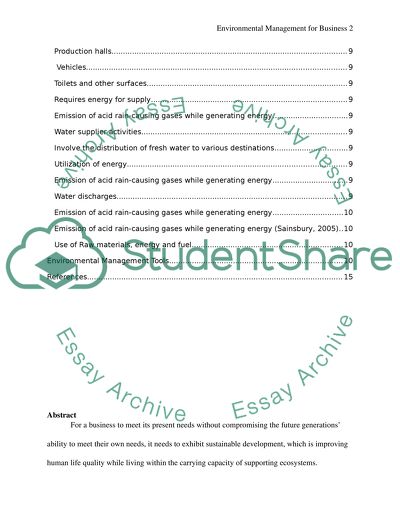Cite this document
(“Acid Rain in China Essay Example | Topics and Well Written Essays - 3000 words”, n.d.)
Retrieved from https://studentshare.org/miscellaneous/1562162-acid-rain-in-china
Retrieved from https://studentshare.org/miscellaneous/1562162-acid-rain-in-china
(Acid Rain in China Essay Example | Topics and Well Written Essays - 3000 Words)
https://studentshare.org/miscellaneous/1562162-acid-rain-in-china.
https://studentshare.org/miscellaneous/1562162-acid-rain-in-china.
“Acid Rain in China Essay Example | Topics and Well Written Essays - 3000 Words”, n.d. https://studentshare.org/miscellaneous/1562162-acid-rain-in-china.


